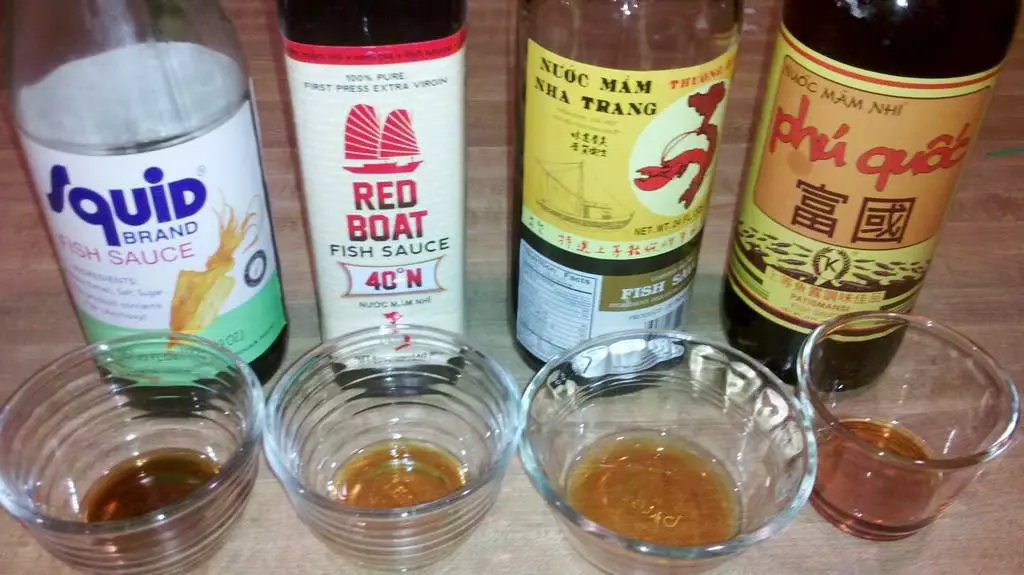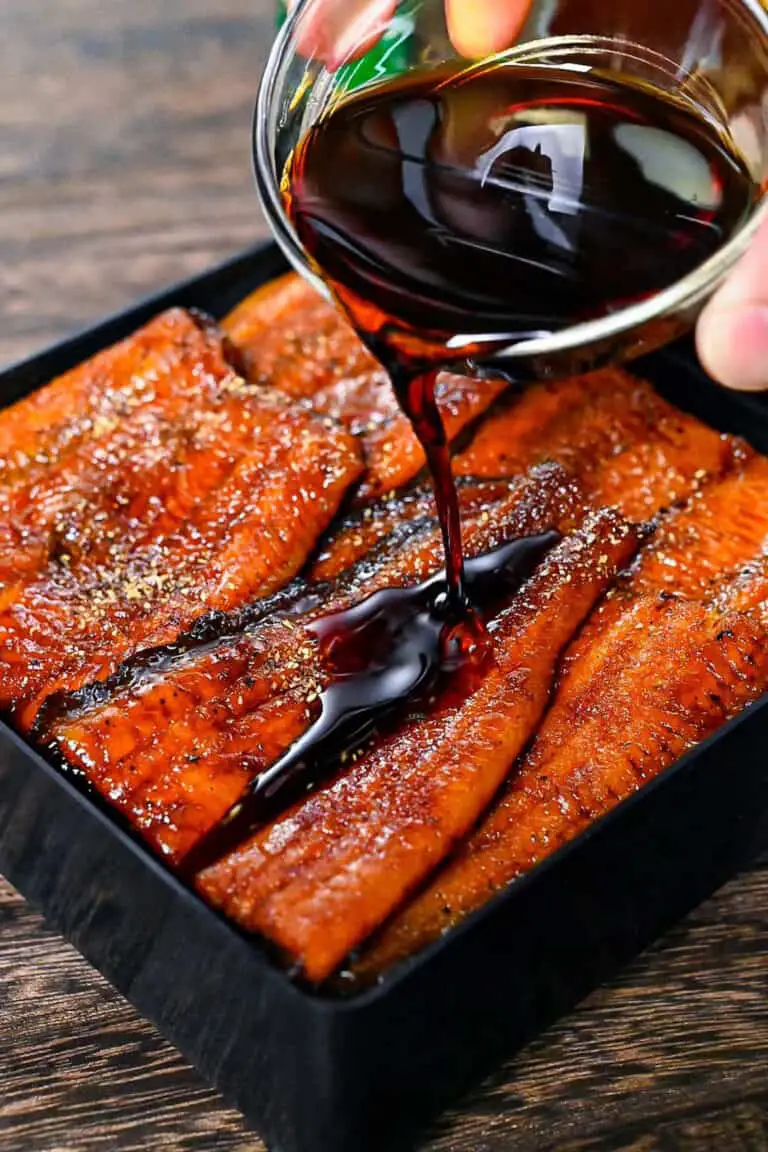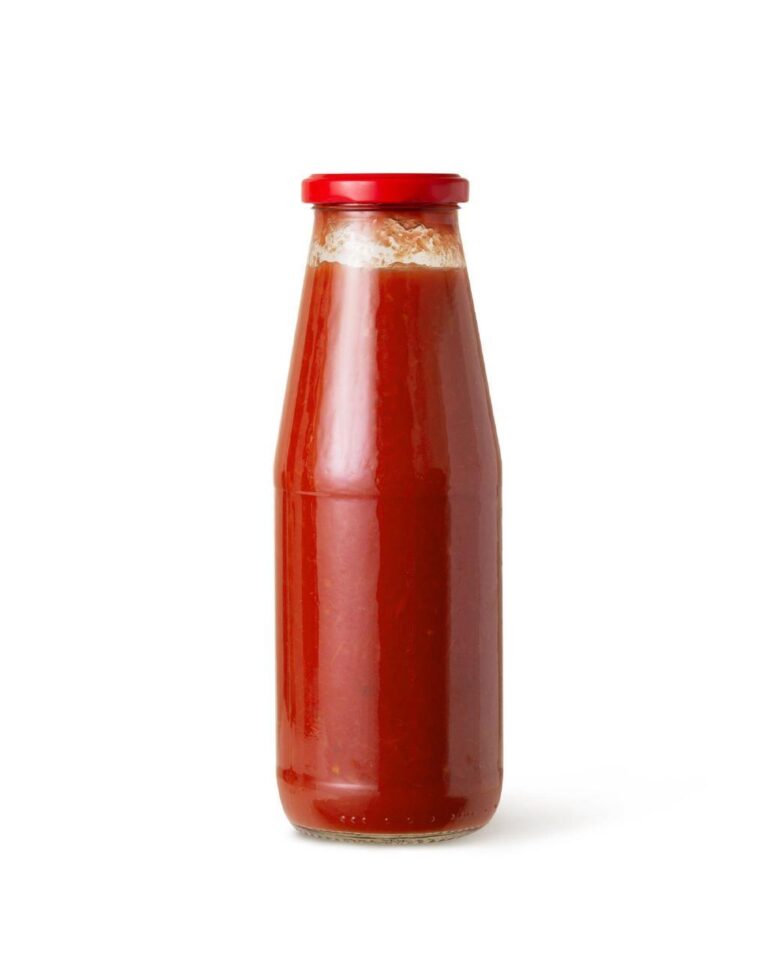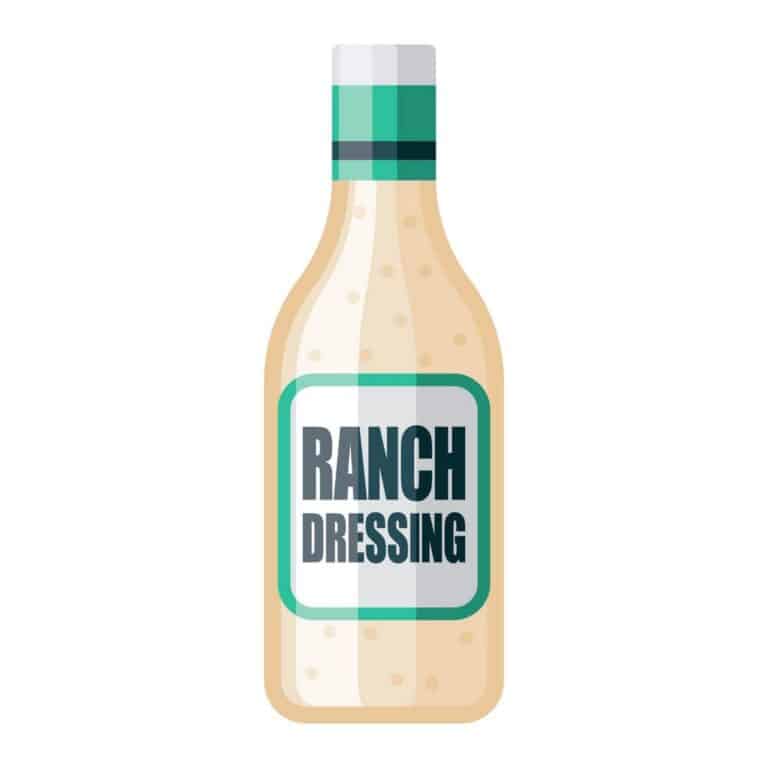Korean Fish Sauce vs Vietnamese Fish Sauce: What’s the Difference?

When it comes to exploring the diverse and tantalizing flavors of Asian cuisine, few condiments hold as much intrigue and complexity as fish sauce. In particular, Korean fish sauce and Vietnamese fish sauce. They have captured the attention of food enthusiasts around the world, each boasting its own distinct set of characteristics and culinary applications. But what sets these two beloved condiments apart?
Join us on a journey of discovery as we dive into the fascinating world of Korean fish sauce and Vietnamese fish sauce. We will uncover the secrets behind their aromas, flavors, production methods, and culinary uses.
We’ll explore the differences between Korean and Vietnamese fish sauces, from their intense and pungent flavors to their delicate and sweet notes.
So, grab your chopsticks and prepare to tantalize your taste buds as we embark on a flavorful adventure to answer the question: Korean Fish Sauce vs. Vietnamese Fish Sauce: What’s the Difference?
Characteristics of Korean Fish Sauce
Korean fish sauce, or Aekjeot, has a strong, pungent aroma and a rich, savory flavor profile. The color of Korean fish sauce can vary from light amber to a darker reddish-brown. The color depends on the ingredients and fermentation process.
Unlike some other fish sauces, Korean fish sauce has a higher salt content, which contributes to its intense flavor. It also tends to be thicker in consistency, with a slightly syrupy texture. The complexity of Korean fish sauce comes from the fermentation process, allowing the flavors to deepen and develop over time.
Characteristics of Vietnamese Fish Sauce
Vietnamese fish sauce, or Nước Mắm, is perhaps one of the best-known fish sauces in the world. It is known for its clear, amber color and distinctive aroma. Vietnamese fish sauce has a more delicate flavor compared to its Korean counterpart. The former has a balanced umami taste and a slightly sweet finish.
The production process of Vietnamese fish sauce involves a shorter fermentation period compared to Korean fish sauce. This results in a lighter and less pungent flavor profile. The anchovies used in Vietnamese fish sauce are usually left to ferment in large wooden barrels under the sun, allowing the natural enzymatic process to create the unique flavors.
Ingredients and Production Process
Korean fish sauce is crafted using a combination of anchovies, salt, and fermented shrimp or squid. Anchovies serve as the main ingredient, providing the distinct umami flavor that characterizes Korean fish sauce. The choice to include fermented shrimp or squid depends on regional preferences and variations in recipes.
To create Korean fish sauce, the anchovies are prepared by removing their heads and guts, leaving behind their meaty bodies. These cleaned anchovies are then layered in containers and generously coated with salt. The salt acts as a natural preservative and draws out the moisture from the fish, kickstarting the fermentation process.
The duration of fermentation can vary, but it takes several months to extract the full savory essence from the anchovies. The fish’s proteins are broken down into amino acids by enzymatic changes, creating a complex umami flavor. The fermentation process is closely monitored, ensuring ideal conditions for the development of flavors.
In Vietnam, fish sauce, or “nuoc mam,” relies predominantly on anchovies, salt, and water. Like Korea, Vietnamese fish sauce production begins with anchovies being cleaned and gutted.
However, the fish are not layered with salt individually. Instead, they are packed tightly into large barrels, alternating layers of anchovies with layers of salt.
Once the barrels are filled, they are left to ferment naturally over an extended period, often ranging from several months to a year. This natural fermentation process allows the anchovies to break down slowly, infusing the liquid with their rich umami essence. The resulting liquid is then strained to remove any solids, yielding a smooth and flavorful fish sauce.
Vietnamese fish sauce is made by layering anchovies in salt to remove moisture and encourage beneficial bacteria growth. Vietnamese fish sauce’s distinctive aroma and taste come from the long fermentation process.
Both Korean and Vietnamese fish sauces use fish fermentation to make umami-rich condiments that are essential to their cuisines.
These sauces are cherished for their ability to enhance flavors and add depth to a wide range of dishes, making them indispensable components of Korean and Vietnamese culinary traditions.
Culinary Uses
Both Korean fish sauce and Vietnamese fish sauce play vital roles in their respective cuisines. Both sauces can be used in a variety of dishes.
Korean fish sauce is a key ingredient in many traditional Korean dishes, such as kimchi, doenjang (soybean paste), and various stews and soups. It adds depth and enhances the umami flavors in these dishes, providing a distinctive taste that is essential to Korean cuisine.
Vietnamese fish sauce is widely used in Vietnamese cooking, particularly in the famous dipping sauce known as “nước mắm pha.” You can make this sauce by combining fish sauce, water, sugar, lime juice, and chili.
It is commonly served alongside dishes such as spring rolls, rice noodles, and grilled meats. Vietnamese fish sauce is also a key component in many traditional Vietnamese dishes. They may be your favorite dishes like pho (noodle soup), bánh xèo (savoury pancakes), and bún chả (grilled pork with noodles). Its umami-rich flavor adds complexity and depth to these dishes, creating a balance of sweet, salty, and tangy notes.
When it comes to culinary uses, Korean fish sauce is often added during the cooking process to infuse the flavors into the dish. On the other hand, Vietnamese fish sauce is commonly used as a dipping sauce or as an ingredient in dressings and marinades.
Read: Fish Sauce and MSG
Comparison Table: Korean Fish Sauce vs Vietnamese Fish Sauce
To summarize the key differences between Korean fish sauce and Vietnamese fish sauce, let’s take a look at the following comparison table:
| Characteristics | Korean Fish Sauce | Vietnamese Fish Sauce |
| Aroma | Strong and pungent | Distinctive and aromatic |
| Flavor | Intense and savory | Delicate with a sweet finish |
| Color | Varies from light amber to dark reddish-brown | Clear amber |
| Consistency | Thick and syrupy | Relatively lighter |
| Fermentation Period | Months to several years | Weeks to several months |
| Culinary Uses | Cooking and seasoning traditional Korean dishes | Dipping sauce and dressing in Vietnamese cuisine |
Commercial Brands and Availability
Various commercial brands cater to the demand for Korean and Vietnamese fish sauces. In Korea, popular brands include Chung Jung One, Dasida, and Jongga. These brands offer different variations of fish sauce, catering to diverse tastes and preferences.
Vietnamese fish sauce brands like Red Boat, Three Crabs, and Phu Quoc are widely recognized for their quality and authenticity. Today, these sauces are sold worldwide, allowing people around the world to taste their unique flavors.
Conclusion
Korean and Vietnamese fish sauces are umami-rich condiments made from fermented fish, but they have distinct differences.
Korean fish sauce is known for its intense flavor and pungent aroma, while Vietnamese fish sauce offers a delicate and sweet profile. The production methods and fermentation periods also contribute to the unique characteristics of each sauce.
Understanding the differences between Korean and Vietnamese fish sauce lets you appreciate and explore these vibrant cultures’ diverse flavors and culinary traditions. These condiments will enhance your meal and introduce you to Asian cuisine, whether you’re adding depth to a hearty Korean stew or dipping fresh spring rolls into a Vietnamese fish sauce-based sauce.
FAQs
Are Korean fish sauce and Vietnamese fish sauce gluten-free?
Yes, most Korean and Vietnamese fish sauces are gluten-free. However, it’s always important to check the labels or consult the manufacturer to ensure there are no additional ingredients that may contain gluten.
Can I use Korean fish sauce in Vietnamese recipes?
While Korean fish sauce and Vietnamese fish sauce have distinct flavor profiles, they can often be used interchangeably in recipes. However, it’s important to note that the resulting taste may differ slightly from the original dish.
What are some common substitutes for fish sauce in cooking?
If you’re looking for alternatives to fish sauce, you can try soy sauce, tamari, miso paste, or Worcestershire sauce. Each substitution may impart a slightly different flavor to your dish, so adjust the quantities accordingly.
Are there any regional variations of fish sauce within Korea and Vietnam?
Yes, both Korea and Vietnam have regional variations of fish sauce. Korean provinces use different fish species and fermentation methods, resulting in flavor differences. Similarly, Vietnam has notable regional fish sauces like Phu Quoc fish sauce and Phan Thiet fish sauce, each with its own unique characteristics.
Is fish sauce suitable for vegetarians or vegans?
No, traditional fish sauce is not suitable for vegetarians or vegans as it is made from fermented fish. However, there are vegetarian and vegan alternatives available on the market that mimic the flavor of fish sauce using plant-based ingredients.
How does fish sauce contribute to the umami flavor of dishes?
Fish sauce is rich in glutamate, an amino acid responsible for the umami taste. Fish sauce adds depth, complexity, and savory flavor to dishes, making it a valuable ingredient in many cuisines.
Can fish sauce go bad or expire?
Fish sauce has a long shelf life and can last for several years if stored properly. Once opened, it should be refrigerated to maintain its quality. While it may darken in color over time, it generally remains safe to consume as long as it doesn’t develop an off odor or taste.






